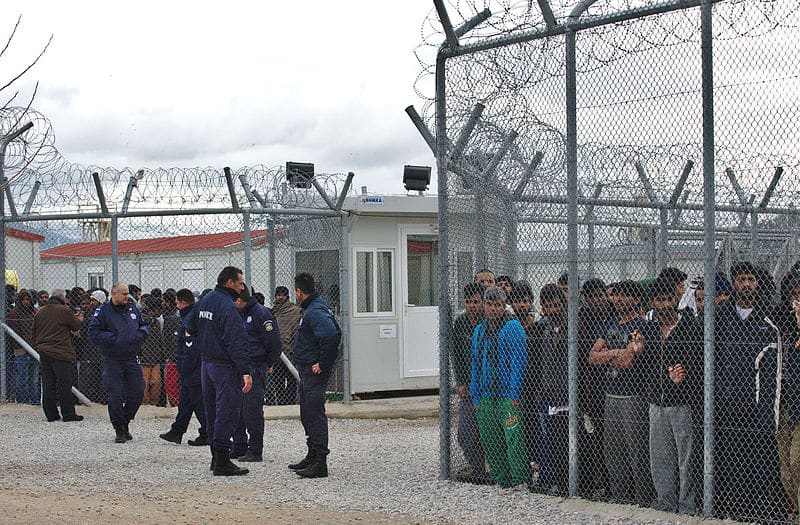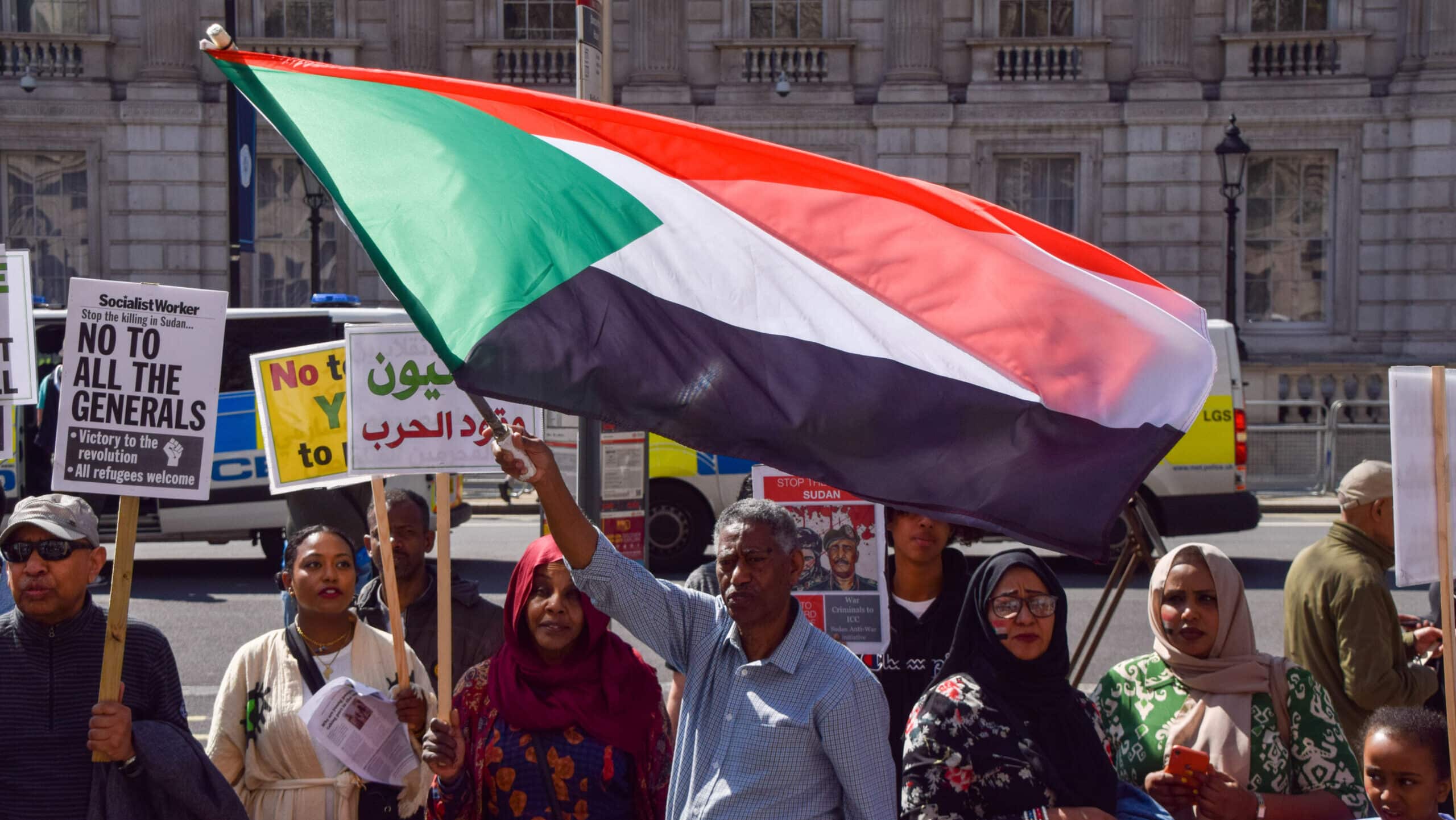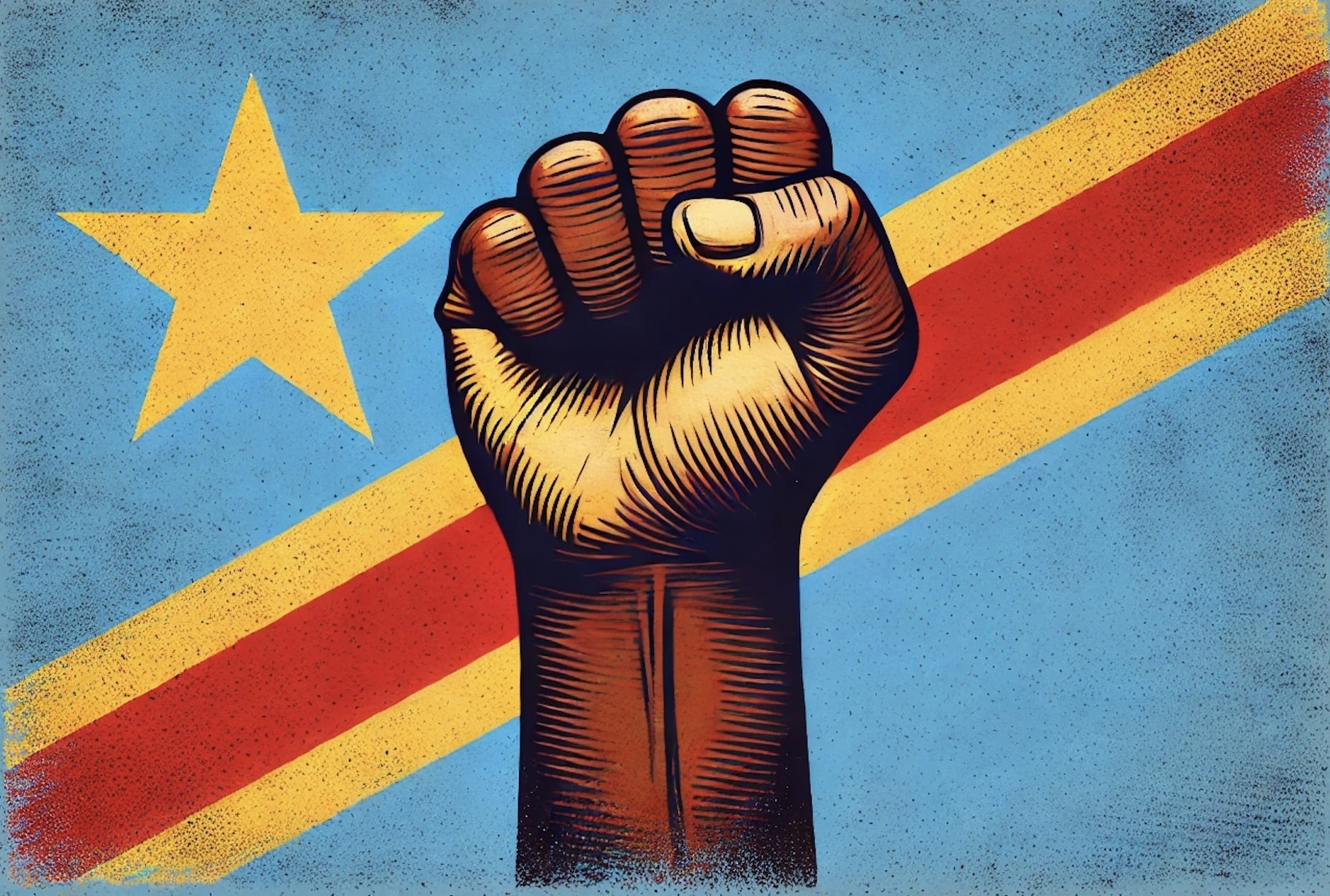Photo: Detention centre in Amygdaleza, Greece - Wikimedia Commons
Discussions on a new migration pact, a common system to manage migration EU-wide, have been ongoing since 2020. Reforming European asylum and migration policy - necessary given the failing system characterised by ineffective measures, political polarisation and human rights violations - had been at an impasse until then. Reception, distribution and return has been a hot topic in European political circles for years. After more than three years of negotiations, agreement has been reached on a new pact (New Pact on Migration and Asylum) which it says is based on "solidarity, responsibility, and respect for human rights". The bet is that procedures will be more efficient, distribution will be fairer, and returns will be faster, but the question is whether the new agreement will actually achieve the intended ambitions.
Reception and detention
The pact promises faster procedures. Upon arrival in an EU country, migrants will be immediately distributed between those who have a chance and those who have little chance of asylum. These so-called safe-landers will enter an accelerated procedure - known as the border procedure - of up to 12 weeks, the idea is. Coming from a country whose less than 20% of applications are granted, you end up in the accelerated procedure. The risk of grouping in safe countries is that individual reasons for fleeing will be overlooked and migrants who are actually entitled to asylum will not be granted it on the basis of their country of origin. Anyone who reaches an EU member state and applies for asylum will be fingerprinted and photographed, which will end up in a common database (Eurodac). This will allow countries to verify that a migrant seeking asylum has not already done so in another member state. The screening process of identification and determination of opportunity, should take a maximum of seven days. Before the screening process begins, migrants have not yet officially reached European territory and are held in detention centres at the border, awaiting trial. Prolonged periods in detention are inevitable given current and expected numbers. Families with children are no exception and will also end up in detention centres. Young people travelling alone are an exception though and are put through a 'regular' asylum procedure in all cases.
Return
Besides dealing more effectively with chance procedures to start integration as soon as possible, returning asylum seekers who have exhausted all legal remedies must also be faster. Expedited procedures for safe havens contribute to faster returns, but returning them to countries of origin is still a complicated process. Cooperation with non-EU third countries is needed to ensure effective returns. Caution and clear standards are needed here to avoid shadowy, ineffective deals. Agreements with third countries should tailor-made and mutually beneficial are. Usually, countries of origin are not immediately willing or able to take back their residents. Asylum seekers in that case remain in the prison-like detention centres where they possibly being stuck for months to a year. The question also remains whether one of the migrant's transit countries, should it be safe there, suffices as a country to which the migrant may be returned.
Partitioning/redemption
The distribution mechanism is also being tinkered with. For instance, each country is no longer obliged to actually take in x number of migrants, but countries can choose to take migrants over from the country of first arrival or Pay €20,000 in exchange for litigating of the migrant there. The idea is that in this way, the countries where most migrants arrive, such as Italy, Greece and Spain, receive financial compensation for the burdens and costs they bear. This seems a rational way to let countries decide among themselves who takes in how many migrants, but this technocratic measure obviously does not solve the reception crisis at the EU's periphery. Also lack of strict rules who monitor what the money they receive is used for. Thus, the money may end up in surveillance activities to keep migrants out of the EU instead of improving reception, which is what the money is intended for in the first place. The burden on the countries at the external border remains unabatedly high and disproportionate, and the onus is placed on them to an even greater extent than it already is. This leads to even more distrust between member states and even more introspection when it comes to migration. A working solidarity mechanism, which was one of the aims of the new pact, is far from being in place.
Human rights
Dozens of human rights organisations have spoken out, expressing criticism of the new pact. They warn of an "inhuman system". With increased responsibility for countries at the EU's external border, pushback and violence at the border are likely to increase further. They also worry about the low threshold for putting people including children in detention centres. In an emergency, when the system can no longer cope with the influx of migrants, there is a crisis regulation. It allows countries to deviate from the usually applicable rules. Deadlines become fluid and it is allowed more people to the fast-track procedure send, this prevents some migrants from receiving the procedure they are entitled to, in violation of international asylum law. This makes the moment of the migrant's arrival decisive for his/her success. Legislation is jettisoned with this regulation when things get too hot for countries. Already low standards of treatment will only worsen in that situation. It opens up the possibility of frequent use of detention centres which creates a cover for inhumane, unlawful procedures. Instead of countries playing by the rules, they can invoke crisis regulation at any time and go off the rails.
No doubt the upcoming European elections in June play a role in the success of reaching an agreement now. Indeed, the fear of centre- and centre-left parties that have now voted along is that a much more right-wing wind will blow through Europe after the elections; damage limitation, in other words. Only technical negotiations remain to be completed in the coming months, after which the pact will then formally enter into force in 2026. One thing is certain, the pact will not solve the fundamental challenges of the asylum system - the heaviest burden remains on the shoulders of countries at the external border - and only further moribund European values of fairness and humanity. A lasting solution for those seeking safety remains out. All that is being done is to stop people as much as possible so that they do not reach 'Fortress Europe', instead of thinking about addressing the root causes of migration.





